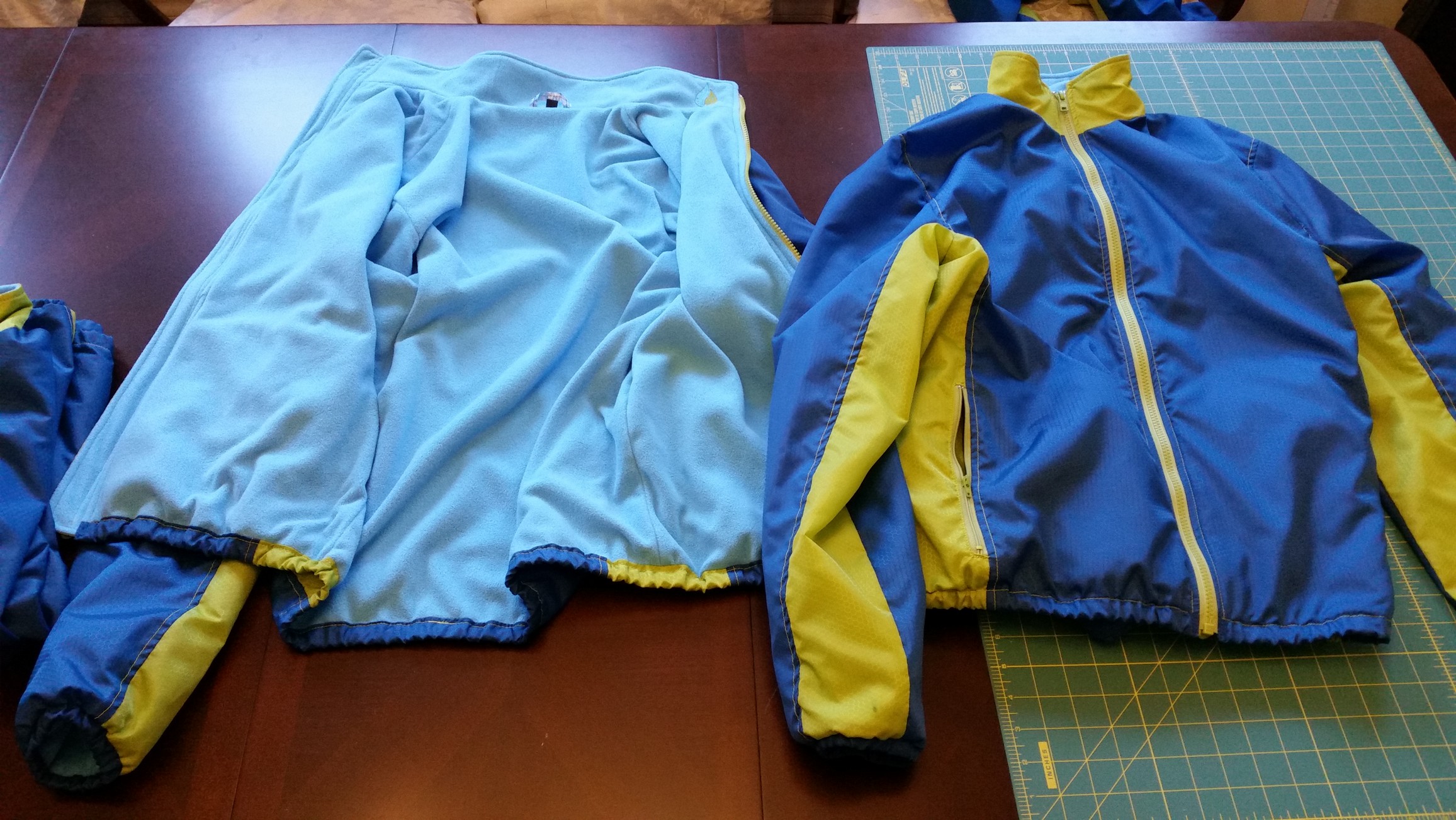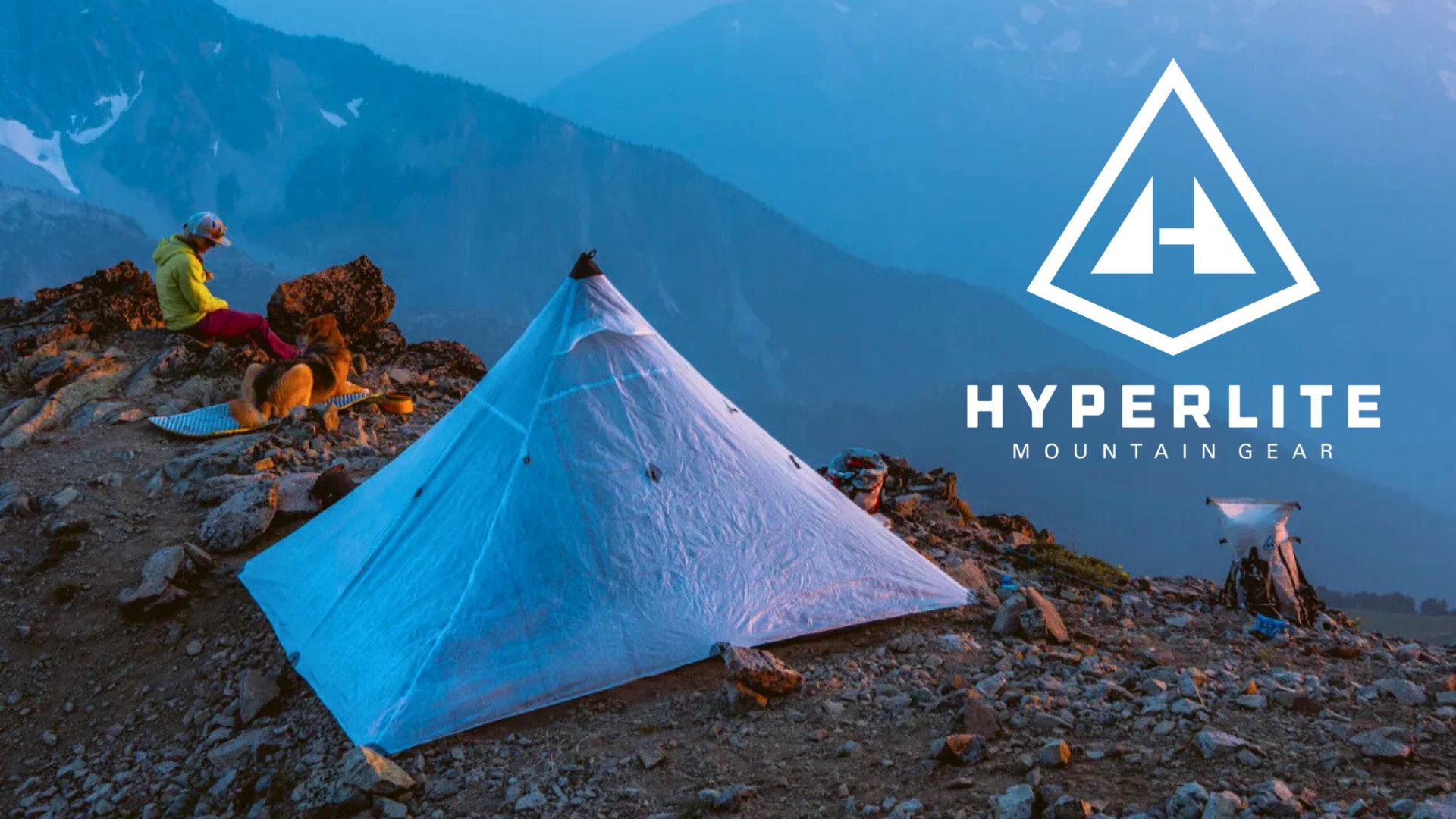Topic
RSBTR Big Laser Service
Forum Posting
A Membership is required to post in the forums. Login or become a member to post in the member forums!
Home › Forums › Gear Forums › Make Your Own Gear › RSBTR Big Laser Service
- This topic has 0 replies, 1 voice, and was last updated 6 years, 8 months ago by
 Craig B.
Craig B.
-
AuthorPosts
-
Jun 4, 2018 at 9:21 pm #3540238
I’ve been working on a jacket project for some of my work colleagues, and I decided it made sense to have some of the materials laser cut. I thought I would share my experience with the community in case someone else is considering using the service. Overall, I’m happy and satisfied with the result. My jacket was not meant to be ultralight, but more of a design study and an exercise to see what it would be like to make a small ‘production’ run of jackets. The design was for more of a company swag kind of thing; I’m using my company’s logo colors and I had the logo embroidered on the collars. That being said, the shell is made from 2.2 Oz Hex70 XL that I got from RSBTR (Ripstop by the Roll, for the uninitiated). I love this stuff; it’s super cool looking! While too heavy to justify putting in ultralight garments for backpacking, I thought it was perfect for this project.
For the first development prototype and the first two ‘production’ prototypes, I hand cut all the pieces with a rotary knife. I used the ‘breathable w/dwr’ version of the Hex70, and the cut edges frayed a LOT. There are quite a few operations in the construction process and the fraying edges were a real pain to deal with. I tried melting the edges with a hand held torch, and also passing them near the flame from the burner on my kitchen stove. This was quite difficult to do without shriveling up the material, and it also did not hold very well; the edges continued to fray. The laser cut samples I have from RSBTR do not suffer from this fraying, and hold up to handling very well. The shell has quite a few pieces in it since it is two-tone, and I made 3 different sizes, which makes for a lot of different pieces (7 main pieces and 10 trim pieces per jacket)! Since I did all the pattern design in CAD, it was much easier to just lay things out electronically and give the files to RSBTR for cutting. That way I avoided having to print and cut paper patterns for the 3 sizes and then another operation of cutting out the fabric. As expected, the laser cut edges of the pieces held up very well without fraying during construction.
There were a couple of small issues, however. I submitted three files for cutting, two for the main color (blue) and one for the trim color (green). This was for five jackets total. One of the blue files was layed out and cut rotated 90 deg relative to what I had called out in my setup drawing. Two small pieces (cuffs) were missing from the other blue file. One small piece was missing from the green trim pieces file, and some of those pieces were at an odd angle (maybe 30 deg) form what they should have been. I let Kyle at RSBTR know about these issues and he was looking into things to try and make sure they don’t happen in the future. These were very small details and don’t detract much from the finished product.
Should you use the Big Laser service? It’s a bit expensive as it stands, and was a pretty large chunk of the input costs for this project. The material and cutting came out to $44 per jacket for the shell pieces. The liner material (a lightweight fleece), and the rest of the hardware cost $17.50, for a total bill of materials cost of $61.50 per jacket (not including thread, though!). For me, in the future the type of material and number of pieces will probably be the main considerations for using it again. Materials that are calendared seem to be fairly resistant to blade-cut edge fraying because the material is kind of melted together on one side. Uncalendared fabric frays pretty fast after cutting. So if I’m working with calendared material for something like a quilt, I would probably opt to hand-cut. If I’m doing another project like this one, I’d probably do the laser cutting again. Another good reason to use it would be if you want very precise cuts that are translated from a CAD design, like in a shelter or something. DCF is very easy to cut with a (sharp) rotary cutter and doesn’t fray, but if I had some interesting curves in my design, I might think about laser cutting it. I haven’t worked with Silpoly or nylon, so I can’t comment on that. I’m certainly glad this option is available though!

-
AuthorPosts
- You must be logged in to reply to this topic.
Forum Posting
A Membership is required to post in the forums. Login or become a member to post in the member forums!
LAST CALL (Sale Ends Feb 24) - Hyperlite Mountain Gear's Biggest Sale of the Year.
All DCF shelters, packs, premium quilts, and accessories are on sale.
Our Community Posts are Moderated
Backpacking Light community posts are moderated and here to foster helpful and positive discussions about lightweight backpacking. Please be mindful of our values and boundaries and review our Community Guidelines prior to posting.
Get the Newsletter
Gear Research & Discovery Tools
- Browse our curated Gear Shop
- See the latest Gear Deals and Sales
- Our Recommendations
- Search for Gear on Sale with the Gear Finder
- Used Gear Swap
- Member Gear Reviews and BPL Gear Review Articles
- Browse by Gear Type or Brand.




